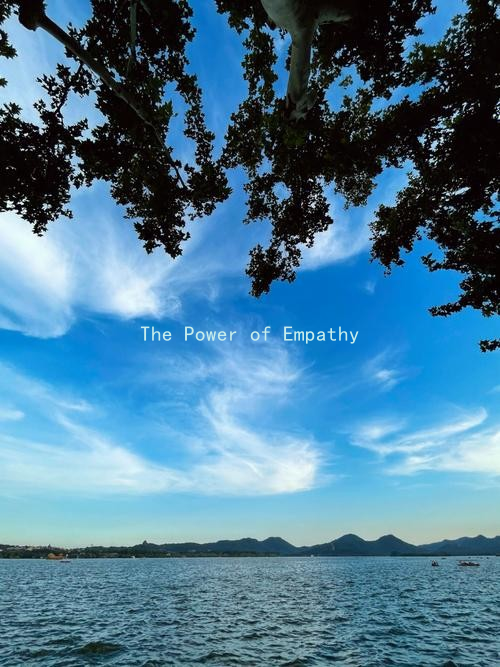The Science of Attraction: Understanding the Chemistry Behind Love
The Science of Attraction: Understanding the Chemistry Behind Love
Love is a complex emotion that has captivated humans for centuries. It’s not just a romantic notion; there are real scientific principles at work when it comes to attraction and relationships. Understanding these principles can enhance your ability to connect with others and navigate the world of dating with confidence. Here, we delve into the essential elements of attraction and the chemistry behind love.
Biology of Attraction
Attraction begins at the biological level, driven by a combination of genetic, hormonal, and neurological factors. When we meet someone we find appealing, our brain releases neurochemicals such as dopamine, oxytocin, and norepinephrine. These chemicals create feelings of pleasure, affection, and attachment, often referred to as the love hormones.
1. Dopamine: This neurotransmitter is associated with the brains reward system. When you feel attracted to someone, the surge of dopamine can create feelings of euphoria and motivation to pursue that person. This is why new relationships often feel exhilarating.
2. Oxytocin: Often called the cuddle hormone, oxytocin is released during physical touch and intimacy. It promotes bonding and emotional closeness, which are crucial for long-term relationships.
3. Norepinephrine: This chemical is responsible for the heightened state of arousal that often accompanies infatuation. It increases heart rate and makes you feel energized and excited when youre around someone you’re attracted to.
Psychology of Attraction
Beyond biology, psychological factors play a significant role in attraction. Several theories explain why certain individuals capture our interest more than others:
1. Proximity: The mere exposure effect suggests that people are more likely to be attracted to those they encounter frequently. Shared environments—like workplaces, social groups, or neighborhoods—create opportunities for bonding.
2. Similarity: We tend to be drawn to individuals who share our values, interests, and backgrounds. Similarity fosters comfort and understanding, which can enhance attraction and bond strength.

3. Reciprocal Liking: When we notice that someone likes us, we are more likely to be attracted to them in return. This reciprocal nature of attraction underscores the importance of expressing interest in others.
Effective Communication in Relationships
While chemistry is essential, effective communication is the foundation of any successful relationship. Here are a few tips to enhance your communication skills:
1. Active Listening: Demonstrating genuine interest in what your partner is saying can create a deeper emotional connection. Practice being present and attentive during conversations.
2. Open-Ended Questions: Encourage dialogue by asking questions that require more than a simple yes or no answer. This opens the door for meaningful conversations and helps you learn more about your partner.
3. Express Vulnerability: Sharing your thoughts and feelings can foster intimacy and encourage your partner to open up as well. Embrace vulnerability; it can deepen trust and connection.
The Role of Timing and Situational Factors
Timing and environmental contexts also influence attraction. For example, people who meet during exciting or stressful situations are often more likely to develop feelings for one another. This phenomenon, known as misattribution of arousal, occurs when the excitement of the moment is mistakenly linked to attraction for the other person.
Conclusion
The chemistry behind love involves a complex interplay of biological, psychological, and social factors. By understanding the science of attraction, individuals can navigate the complexities of love with greater awareness and intention. Whether you’re looking to spark a new romance or enhance an existing relationship, acknowledging the roles of chemistry and communication can set the stage for lasting connections. Remember, attraction may begin in the brain, but it is nurtured through genuine connection and open dialogue.





